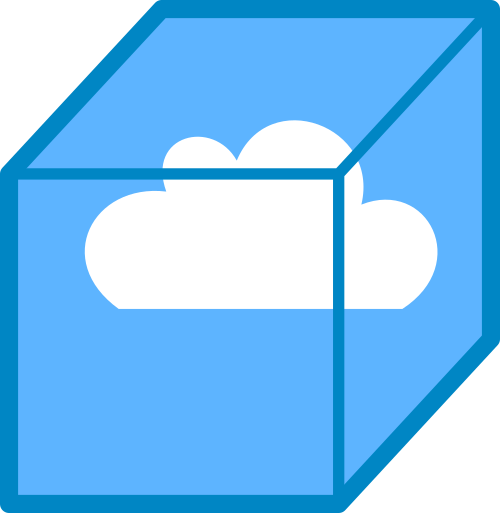Setting up your system#
This section aids you in preparing and setting up your system to run DALES. We assume you are using a UNIX-based system and are familiar with basic terminal commands. First, we will cover the basic requirements to use DALES, which are minimally required. Second, a list of optional librariers/packages is given that will enable optimal use of DALES. Finally, we will tell how you to obtain the latest, tested version of the code (i.e., the “main branch”).
Requirements#
DALES has a few general requirements for installation and usage:
Fortran compiler (e.g., gfortran)
MPI implementation (for multi-cpu runs, OpemnMPI and MPICH have been tested)
NetCDF4 libraries (for output/input)
CMake
Make (to build the code)
FFTW library (for the Poisson solver. Optional but highly recommended.)
HYPRE library (alternative Poisson solver. Optional.)
These requirements can be easily installed on most UNIX-based systems via a package manager. For example, on ubuntu via the standard package manager
sudo apt install cmake
On MacOS, a standard way to install packages is via homebrew
brew install cmake
When using high-performance conputing (HPC) infrastructures, these requirements may already be pre-installed. Many HPC infrastructures employ sets of software modules in which case the requiments often have to be loaded in. A list of available modules on the system is then given by the following command:
module avail
Available modules can subsequently be loaded via the load command, for example, loading cmake via:
module load cmake
Optional libraries/packages#
The folling list of libraries/packages can (probably: will) make your use of DALES easier:
Python + numpy + matplotlib (to generate input files and/or analyse output)
Python-netcdf4 library (to read in netcdf4 output)
CDO (easily merge and operate on multiple netcdf4 files. Version >= 2.0.6.)
ncview (interactive netCDF viewer)
To use ncview on windows you might need to download VcXsrv, and on OSX you need XQuartz.
